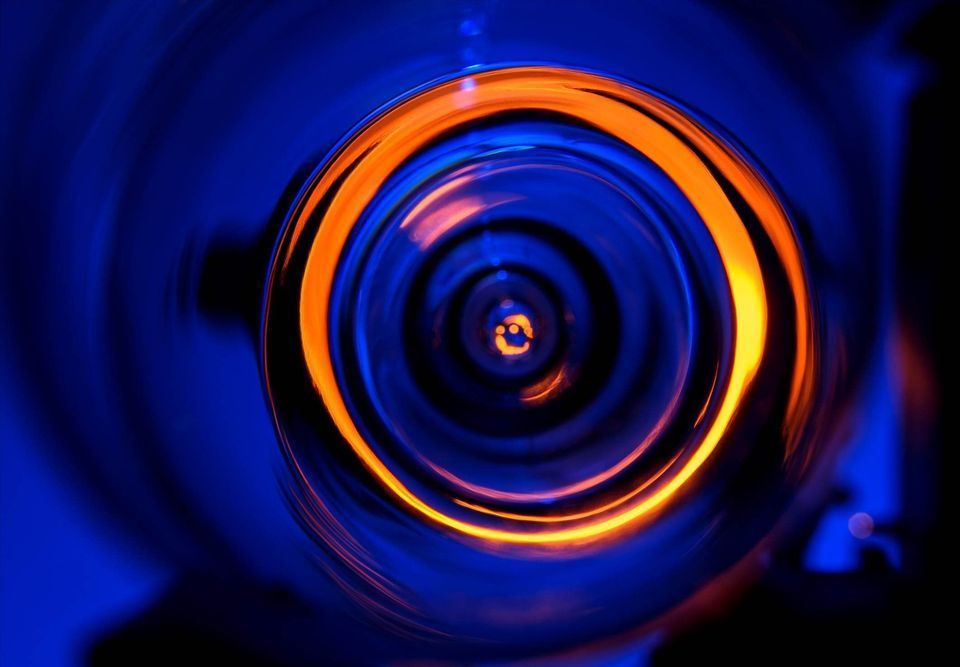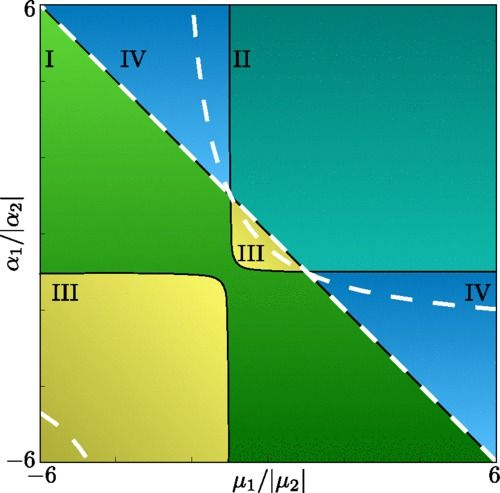Apr 29, 2020
A Hypothesis on Production of Tachyons
Posted by Quinn Sena in categories: information science, particle physics
An exact solution of the Einstein—Maxwell equations yields a general relativistic picture of the tachyonic phenomenon, suggesting a hypothesis on the tachyon creation. The hypothesis says that the tachyon is produced when a neutral and very heavy (over 75 GeV/c^2) subatomic particle is placed in electric and magnetic fields that are perpendicular, very strong (over 6.9 × 1017 esu/cm^2 or oersted), and the squared ratio of their strength lies in the interval (1,5]. Such conditions can occur when nonpositive subatomic particles of high energy strike atomic nuclei other than the proton. The kinematical relations for the produced tachyon are given. Previous searches for tachyons in air showers and some possible causes of their negative results are discussed.
 An exact solution of the Einstein—Maxwell equations yields a general relativistic picture of the tachyonic phenomenon, suggesting a hypothesis on the tachyon creation. The hypothesis says that the tachyon is produced when a neutral and very heavy (over 75 GeV/c^2) subatomic particle is placed in electric and magnetic fields that are perpendicular, very strong (over 6.9 × 1017 esu/cm^2 or oersted), and the squared ratio of their strength lies in the interval (1,5]. Such conditions can occur when nonpositive subatomic particles of high energy strike atomic nuclei other than the proton. The kinematical relations for the produced tachyon are given. Previous searches for tachyons in air showers and some possible causes of their negative results are discussed.
An exact solution of the Einstein—Maxwell equations yields a general relativistic picture of the tachyonic phenomenon, suggesting a hypothesis on the tachyon creation. The hypothesis says that the tachyon is produced when a neutral and very heavy (over 75 GeV/c^2) subatomic particle is placed in electric and magnetic fields that are perpendicular, very strong (over 6.9 × 1017 esu/cm^2 or oersted), and the squared ratio of their strength lies in the interval (1,5]. Such conditions can occur when nonpositive subatomic particles of high energy strike atomic nuclei other than the proton. The kinematical relations for the produced tachyon are given. Previous searches for tachyons in air showers and some possible causes of their negative results are discussed.
















